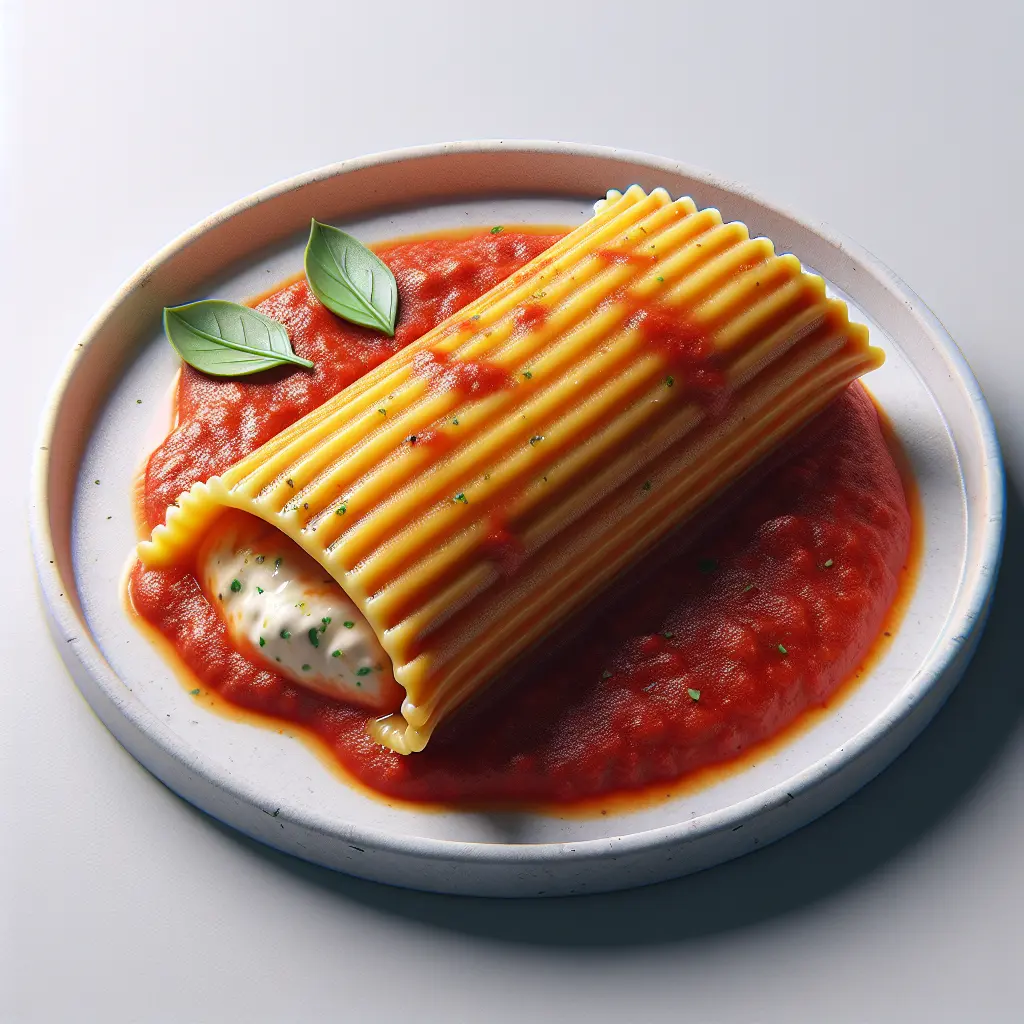Manicotti: A Journey Through Centuries
Manicotti, a culinary masterpiece from the Emilia-Romagna region of Italy, has a history that spans centuries. The dish's origins can be traced back to the Renaissance period, where it was enjoyed by noble families and wealthy merchants. Over time, manicotti became a staple in Italian homes, passed down through generations, and treasured for its comforting flavors.
The name "manicotti" comes from the Italian word "manica," meaning "sleeve." This refers to the pasta's shape, which resembles a large tube or sleeve. Typically, manicotti is made using large pasta sheets that are rolled up with various fillings, such as ricotta cheese, spinach, and ground meat. The filled pasta is then topped with a rich tomato sauce and baked until bubbly and golden brown.
Variations of Manicotti: A Culinary Canvas
Manicotti offers a versatile culinary canvas, allowing for endless variations that cater to different tastes and preferences. Some of the most popular fillings include:
- Ricotta cheese: A classic filling that provides a creamy and smooth texture, often combined with herbs and spices for added flavor.
- Spinach: A nutrient-rich filling that adds a vibrant green hue and a slightly bitter note, balancing the richness of other ingredients.
- Ground meat: A hearty filling that adds a savory and umami dimension, often made with beef, pork, or a combination of both.
Apart from the fillings, there are variations in the sauce as well. While traditional manicotti is topped with a tomato sauce, other options include creamy Alfredo sauce, mushroom sauce, or even a combination of different sauces. Each variation creates a unique flavor profile, offering a delightful culinary experience.
Nutritional Value of Manicotti: A Balanced Delight
Manicotti, while being a satisfying dish, offers a balanced nutritional profile. A single serving of manicotti provides approximately:
- Calories: 222
- Protein: 14 grams
- Fat: 11 grams
- Carbohydrates: 16 grams
- Fiber: 1.2 grams
- Sugar: 2.9 grams
The presence of protein and carbohydrates provides a sustained source of energy, while the fat content adds richness and flavor to the dish. Additionally, manicotti contains a moderate amount of fiber, which aids in digestion and promotes a feeling of fullness. It is important to note that the nutritional value can vary depending on the size of the serving and the specific ingredients used.
In conclusion, manicotti is a culinary treasure that has stood the test of time. Its rich flavors, versatile variations, and balanced nutritional profile make it a dish that continues to captivate taste buds and hearts. Whether enjoyed as a comforting family meal or as a special occasion indulgence, manicotti remains a testament to the enduring legacy of Italian cuisine.
How many calories are in Manicotti?
Each 1 manicotti of Manicotti contains 222 calories.
Manicotti Nutritional Information
| Nutrient | Amount per 1 manicotti (132g) |
|---|---|
| Calories | 222 Calories |
| Protein | 14g |
| Fat | 11g |
| Saturated Fat | 5.9g |
| Cholesterol | 0.065mg |
| Carbohydrates | 16g |
| Dietary Fiber | 1.2g |
| Sugar | 2.9g |
| Sodium | 0.477mg |
| Potassium | 0.2595mg |
| Calcium | 0.28mg |
| Iron | 0.0012mg |
